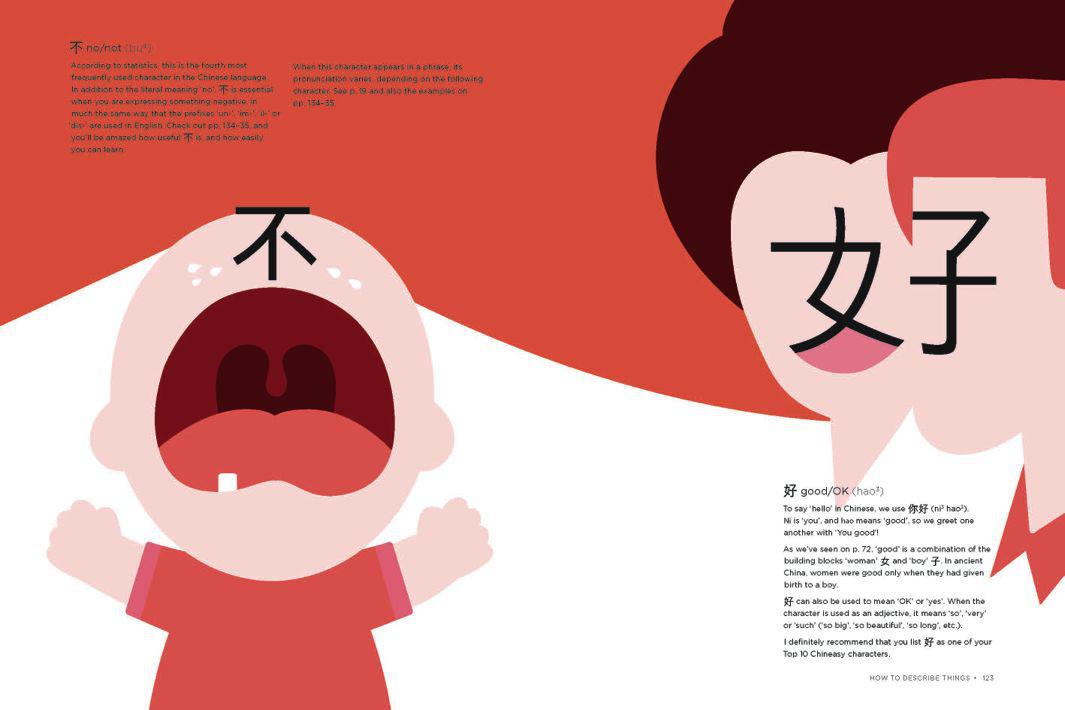Taipei, Taiwan–born, London-based entrepreneur ShaoLan Hsueh used design to teach her English-speaking children the 200 Chinese characters required for basic reading comprehension in her native language. She deconstructed frequently used Chinese characters into key building blocks, creating an engaging pictogram-based road map of the language for people who don’t speak Mandarin Chinese. Then she shared that clever method with the world in a popular 2013 TED Talk and 2014 book Chineasy: The New Way to Read Chinese, which has now been published in 15 languages.
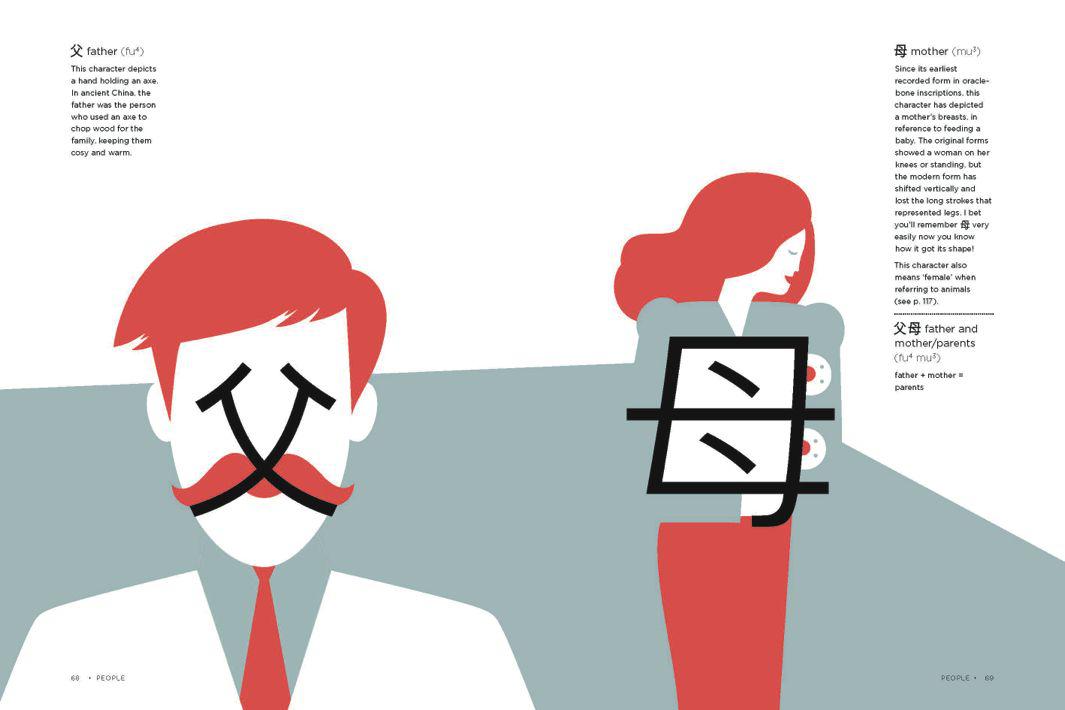
Father (left) and mother (right).
Chineasy
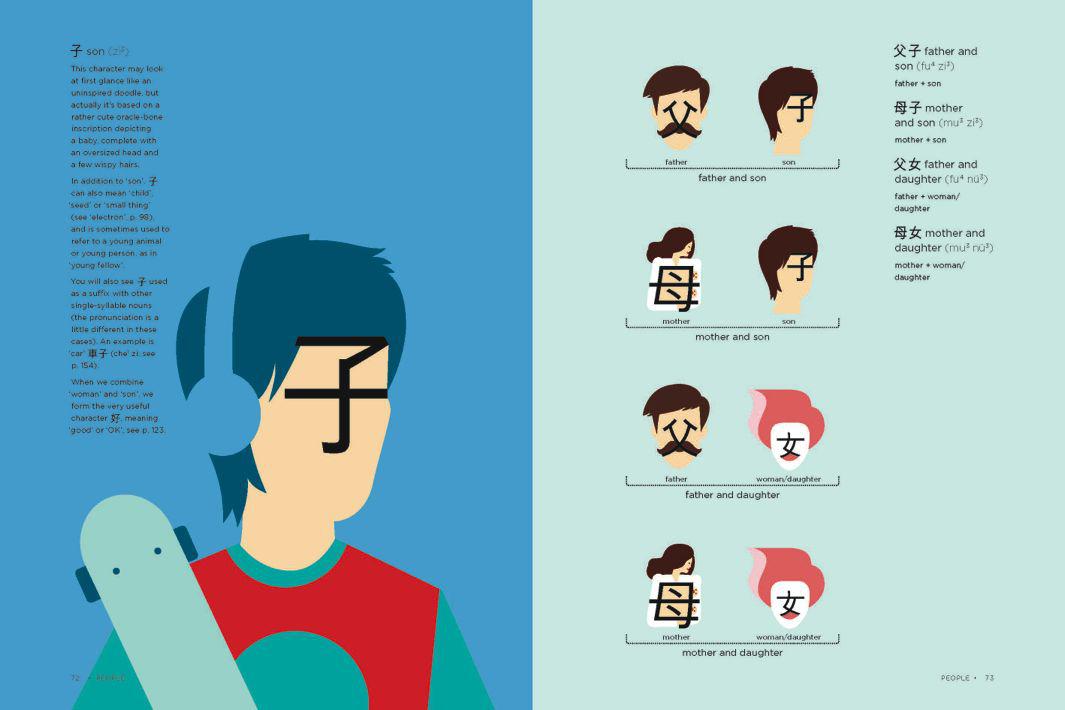
Chineasy
Her new book, Chineasy Everyday: Learning Chinese Through Its Culture, is a follow-up that can be used as a companion to the first book but was also designed to stand on its own for those who are new to the Chineasy method. Next to the simple, vivid Chinese character–based illustrations, the book provides more in-depth explanations about the origins of the characters and how they have evolved to work together, forming compound words and phrases.
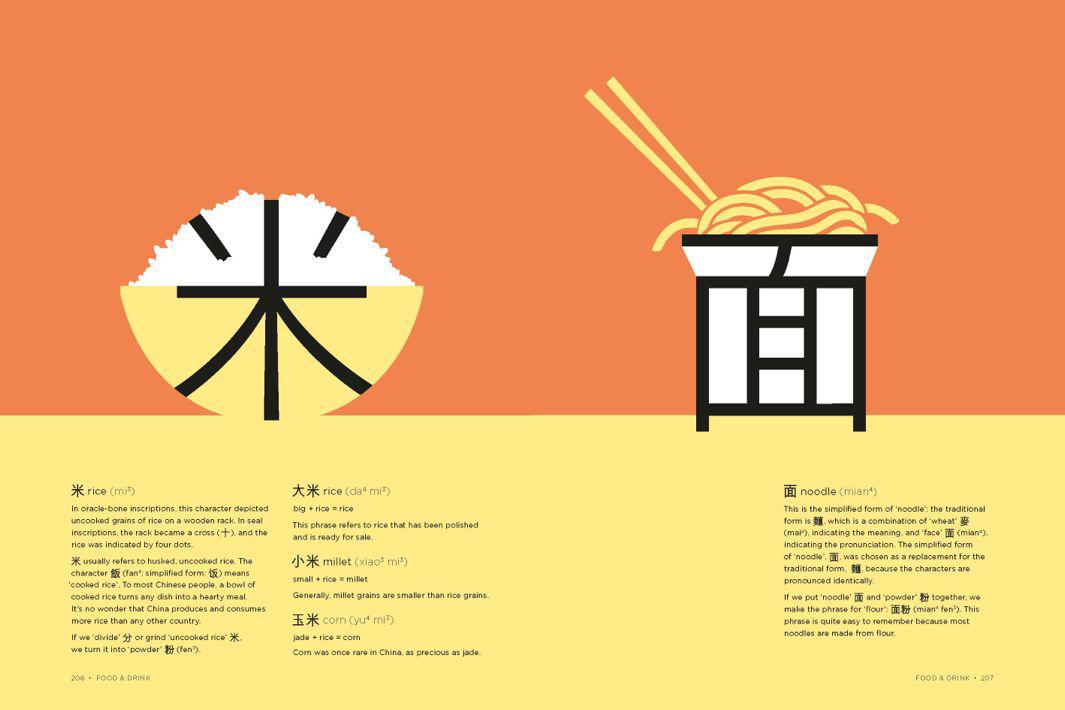
Chineasy
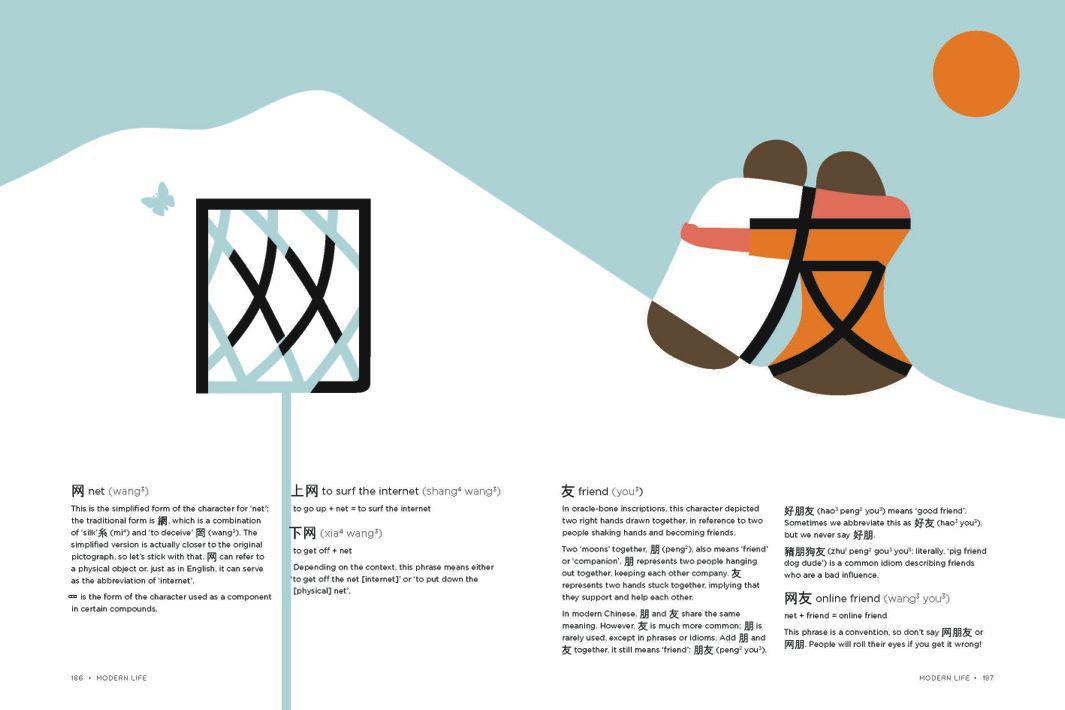
Chineasy
The new book reflects “a larger ambition to educate the world about the richness and character of China’s people, customs, and heritage,” according to a press release from publisher Harper Design.
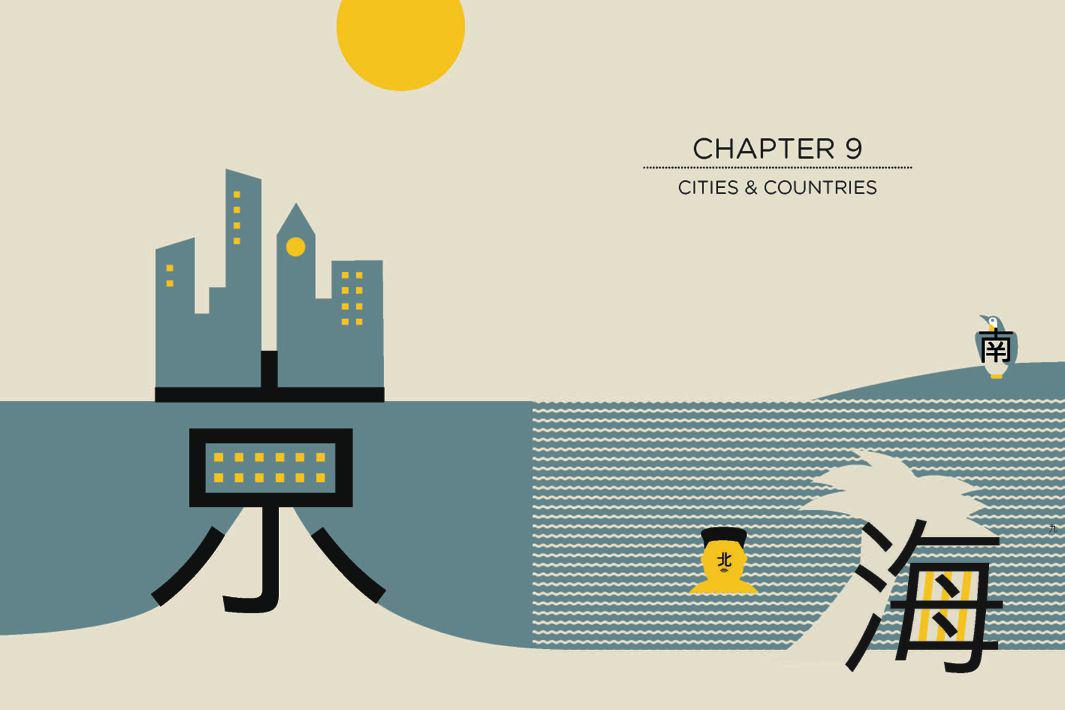
Capital (left), north (middle), sea (right), and south (far right).
Chineasy
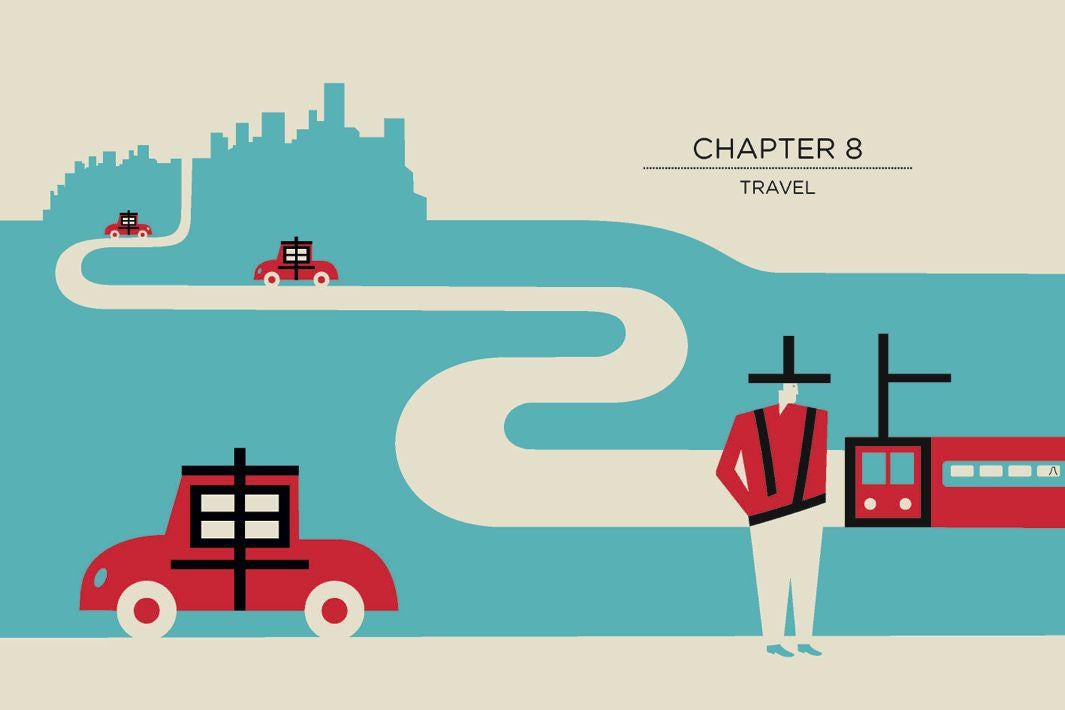
Chineasy
Whereas the first volume of Chineasy introduced her method and visual language, the new book “expands the scope to include all facets of Chinese life and culture,” with sections on numbers, time and dates, the solar system and the five elements, people, nature, animals, how to describe things, health and well-being, travel, city and country, shopping, food and drink, and internet and technology, with “each providing insight into how Chinese thinking has shaped its language and civilization in a way that anyone can understand and appreciate.”
